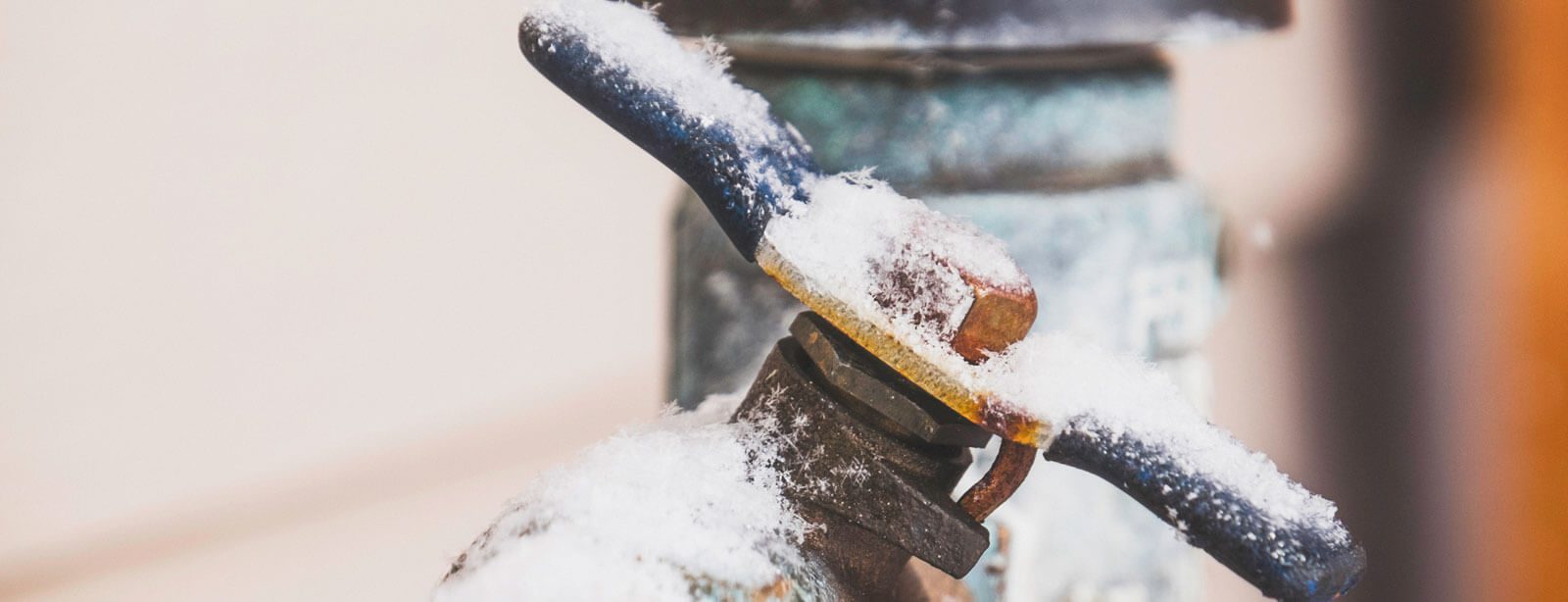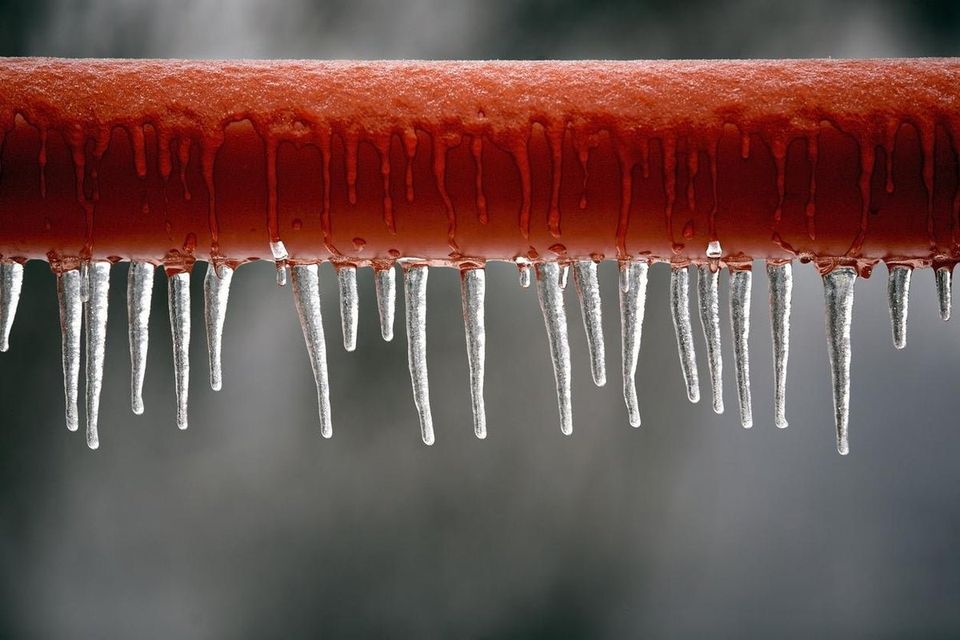We have encountered this great article relating to 6 Ways to Prevent Frozen Pipes directly below on the internet and felt it made good sense to discuss it with you here.

Cold weather can ruin your plumbing, specifically by freezing pipes. Right here's just how to prevent it from taking place and what to do if it does.
Intro
As temperatures drop, the threat of frozen pipes rises, possibly resulting in pricey repair services and water damage. Understanding exactly how to prevent icy pipes is crucial for house owners in cold environments.
Understanding Icy Pipelines
What causes pipelines to ice up?
Pipes ice up when exposed to temperature levels below 32 ° F (0 ° C) for prolonged durations. As water inside the pipes freezes, it increases, putting pressure on the pipe wall surfaces and possibly causing them to rupture.
Threats and damages
Frozen pipes can bring about water supply interruptions, home damage, and costly fixings. Ruptured pipelines can flood homes and cause considerable architectural damages.
Signs of Frozen Pipeline
Identifying icy pipelines early can prevent them from rupturing.
How to recognize frozen pipelines
Try to find lowered water circulation from faucets, uncommon odors or sounds from pipelines, and noticeable frost on revealed pipes.
Avoidance Tips
Insulating vulnerable pipes
Wrap pipelines in insulation sleeves or use heat tape to protect them from freezing temperature levels. Focus on pipelines in unheated or outside areas of the home.
Home heating techniques
Maintain interior rooms effectively heated, specifically areas with pipes. Open cupboard doors to permit warm air to distribute around pipelines under sinks.
Safeguarding Exterior Pipes
Garden hose pipes and exterior taps
Disconnect and drain garden tubes prior to winter season. Set up frost-proof spigots or cover outside taps with shielded caps.
What to Do If Your Pipes Freeze
Immediate activities to take
If you believe frozen pipelines, maintain faucets available to soothe pressure as the ice melts. Use a hairdryer or towels soaked in hot water to thaw pipes gradually.
Long-Term Solutions
Architectural changes
Think about rerouting pipes away from exterior walls or unheated areas. Add extra insulation to attics, basements, and crawl spaces.
Updating insulation
Buy high-quality insulation for pipelines, attics, and walls. Correct insulation aids preserve constant temperature levels and minimizes the danger of frozen pipelines.
Verdict
Stopping icy pipelines needs proactive actions and quick responses. By comprehending the causes, indicators, and preventive measures, homeowners can shield their plumbing throughout cold weather.
5 Ways to Prevent Frozen Pipes
Drain Outdoor Faucets and Disconnect Hoses
First, close the shut-off valve that controls the flow of water in the pipe to your outdoor faucet. Then, head outside to disconnect and drain your hose and open the outdoor faucet to allow the water to completely drain out of the line. Turn off the faucet when done. Finally, head back to the shut-off valve and drain the remaining water inside the pipe into a bucket or container. Additionally, if you have a home irrigation system, you should consider hiring an expert to clear the system of water each year.
Insulate Pipes
One of the best and most cost-effective methods for preventing frozen water pipes is to wrap your pipes with insulation. This is especially important for areas in your home that aren’t exposed to heat, such as an attic. We suggest using foam sleeves, which can typically be found at your local hardware store.
Keep Heat Running at 65
Your pipes are located inside your walls, and the temperature there is much colder than the rest of the house. To prevent your pipes from freezing, The Insurance Information Institute suggests that you keep your home heated to at least 65 degrees, even when traveling. You may want to invest in smart devices that can keep an eye on the temperature in your home while you’re away.
Leave Water Dripping
Moving water — even a small trickle — can prevent ice from forming inside your pipes. When freezing temps are imminent, start a drip of water from all faucets that serve exposed pipes. Leaving a few faucets running will also help relieve pressure inside the pipes and help prevent a rupture if the water inside freezes.
Open Cupboard Doors
Warm your kitchen and bathroom pipes by opening cupboards and vanities. You should also leave your interior doors ajar to help warm air circulate evenly throughout your home.

I recently found that piece of writing about Preventing and dealing with frozen pipes while doing a search on the search engines. Are you aware of another individual who is serious about the subject? Be sure share it. Many thanks for taking the time to read it.
Schedule Service Pickup